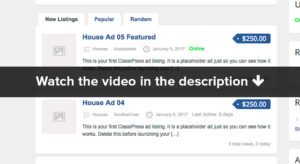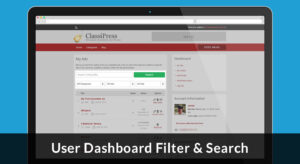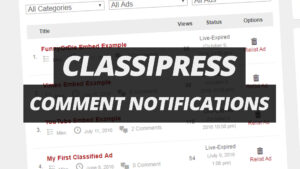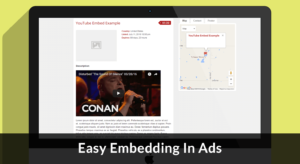In the world of online selling, cart abandonment is an all too familiar challenge businesses face.
It occurs when potential customers enter their email address during the checkout process but fail to complete their purchase. However, this setback can be turned into an opportunity by implementing a well-crafted cart abandonment follow-up sequence. In this article, we will explore the statistics surrounding cart abandonment, the effectiveness of follow-up campaigns, messaging strategies, optimal timing, and other crucial factors that can help businesses recover potentially lost sales.
the average cart abandonment rate across industries is approximately 70%
The Prevalence of Cart Abandonment
Cart abandonment is a common phenomenon in the online selling world. Numerous factors contribute to this behaviour, including unexpected costs, complicated checkout processes, comparison shopping, and indecisiveness. According to various studies, the average cart abandonment rate across industries is approximately 70%. This staggering statistic highlights the potential revenue businesses are missing out on and underscores the importance of effective follow-up campaigns.
Harnessing the Power of Follow-Up Sequences
Implementing a cart abandonment follow-up sequence can significantly increase the chances of recovering lost sales. Statistics suggest that approximately 29% of abandoned carts can be recovered through well-executed follow-up campaigns. This figure demonstrates the value of reaching out to potential customers who have shown interest by providing their email addresses.
Crafting Effective Messaging:
When designing your follow-up sequences, the messaging you employ is critical in persuading customers to complete their purchase. Here are some strategies to consider:
- Personalisation: Tailor your messages to address customers by name, incorporating personalised product recommendations based on their abandoned cart items. This approach enhances engagement and reinforces the customer’s desire for the products.
- Urgency: Create a sense of urgency by emphasising limited stock availability or time-limited discounts. This motivates customers to act promptly to secure their desired items before they potentially miss out.
- Incentives: Offer exclusive discounts or free shipping to entice customers back to complete their purchase. Providing an extra incentive can be a powerful tool in persuading customers to reconsider their decision to abandon their cart.
- Social Proof: Highlight positive customer reviews or testimonials to instil confidence in the quality and value of your products. Demonstrating social proof can alleviate concerns and boost the customer’s trust in your brand.
Optimal Timing for Follow-Up Messages:
Determining the right timing for follow-up messages is crucial to strike a balance between persistence and annoyance. Consider the following guidelines:
- Immediate Acknowledgment: Send an automated email within a few hours of the cart abandonment to remind customers about their pending purchase. This initial email serves as a gentle nudge and shows that you value their interest.
- Subsequent Reminders: If the customer doesn’t respond to the initial email, schedule additional reminders at strategic intervals, such as 24 hours, 48 hours, and 72 hours after abandonment. These reminders should reinforce the urgency and incentives discussed earlier, while still being respectful of the customer’s inbox.
- Final Call: After a series of reminders, it’s advisable to send a final email as a last attempt to recover the sale. This email can emphasise limited-time offers or even offer assistance by addressing any concerns the customer might have.

Additional Considerations:
While implementing a cart abandonment follow-up sequence, keep the following considerations in mind:
- Mobile Optimisation: As mobile shopping continues to rise, ensure that your follow-up emails are optimised for mobile devices. A seamless mobile experience is crucial to capturing the attention of potential customers and facilitating their purchasing process.
- Testing and Iteration: Continually test and optimise your follow-up sequence by experimenting with different messaging strategies, subject lines, and timing. A/B testing can help identify the most effective approaches for your specific audience. If you find your follow-up emails aren’t hitting the spot, try mixing things up.
- Compliance and Consent: Ensure that your follow-up campaigns adhere to relevant data protection and privacy regulations. Obtain proper consent from customers for sending follow-up emails, and provide clear unsubscribe options in each message. Things to consider here is the EU’s GDPR, California’s CCPA, and other regional regulations.
Wrapping up:
Cart abandonment is an inevitable challenge faced by businesses selling online. However, with a well-structured cart abandonment follow-up sequence, you can recover a significant portion of potentially lost sales.
By leveraging personalised messaging, creating a sense of urgency, and offering incentives, you can encourage customers to return and complete their purchase. Remember to optimise for mobile, test and iterate your campaigns, and maintain compliance with data protection regulations. With these strategies in place, you can turn cart abandonment into a valuable opportunity for your business’s growth and success.
Good luck!





